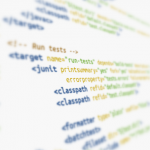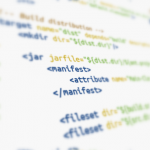 Apache Ant is a
general-purpose build tool, primarily used for the building of Java
applications, but it is flexible enough to be used for various tasks.
Apache Ant is a
general-purpose build tool, primarily used for the building of Java
applications, but it is flexible enough to be used for various tasks.
In the Java world at least, Ant seems to be largely passed over for the
immediate convenience and IDE support of Maven, however long term, I
believe a good set of Ant scripts offer far more flexibility and room
for tweaking your build processes. The downside is that there’s a lot of
stuff you need to learn and figure out and build by hand.
In this series of tutorials, I’ll try to document the process of
learning I’ve gone through building and maintaining Ant build files,
from the most basic of “just compile my stuff” steps to automatic
generation of JavaDoc output, dependency management using Ant’s
companion, Ivy, unit testing using
JUnit, and integrating with some additional tools
I’ve been using, such as
Checkstyle and
FindBugs.
For part 1 of this tutorial, I’ve created a simple Hello World library.
It doesn’t have a main executable itself, the goal of this is to produce
a .jar file we can include in other projects, to start our Ant script
off fairly simply.
The source for this project can be found in
GitHub.
Here’s the breakdown of everything going on in this project:
 Continue Reading ...
Continue Reading ...
 Now that we have dependency management with
Ivy
working along with everything else covered before, we’ve covered almost
everything required to start building real projects with Ant.
Now that we have dependency management with
Ivy
working along with everything else covered before, we’ve covered almost
everything required to start building real projects with Ant.
 So far, we’ve covered the basics of
So far, we’ve covered the basics of  In part 1, we went over the basics of
In part 1, we went over the basics of 